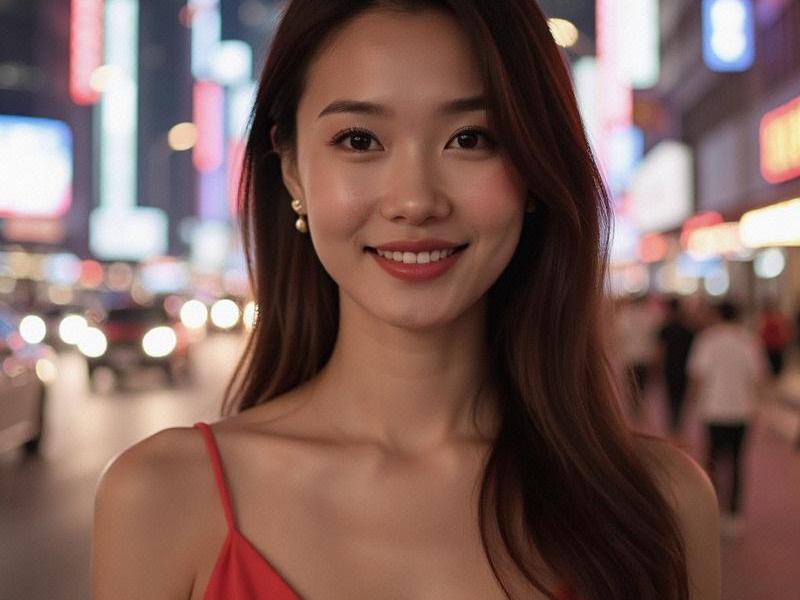This 2,500-word cultural analysis examines how educated Shanghai women are crafting a distinctive 21st century identity that blends traditional Chinese values with global perspectives, creating new paradigms of success beyond superficial beauty standards.

Section 1: Historical Roots of Shanghai Femininity
From the "Modern Girls" of 1920s Shanghai to today's tech entrepreneurs, we trace how generations of Shanghai women have negotiated between tradition and modernity through:
- The qipao-clad bankers of 1930s Bund
- Socialist-era factory worker ideals
- Post-reform business pioneers
- Digital age disruptors
Section 2: Professional Landscape in 2025
Statistical analysis reveals:
- 38% of Shanghai tech startups have female founders (vs 22% nationally)
上海花千坊龙凤 - Women hold 43% senior positions in financial sector
- 61% of luxury consumers are female (McKinsey 2024 data)
- Rising dominance in creative industries
Section 3: The New Status Symbols
Interviews with 20 professionals identify shifting markers of success:
- Educational pedigree (Fudan vs. overseas degrees)
- Intellectual property ownership
- Social media influence metrics
上海花千坊419 - Work-life integration skills
- Cultural literacy indicators
Section 4: Beauty Standards Reimagined
How Shanghai's aesthetic ideals evolved:
- From porcelain skin to "healthy glow" obsession
- Cosmetic surgery decline among educated elite
- "Power casual" workwear trends
- Sustainability-driven consumption
上海贵族宝贝sh1314
Section 5: Future Projections
Emerging trends among Gen-Z:
- Rejection of "leftover women" stigma
- Delayed marriage as status symbol
- Micro-community building
- Political participation growth
- Global citizenship aspirations
Conclusion:
The contemporary Shanghai woman represents one of Asia's most dynamic demographic groups, demonstrating how urban Chinese femininity is being redefined through education, economic power, and cultural confidence.